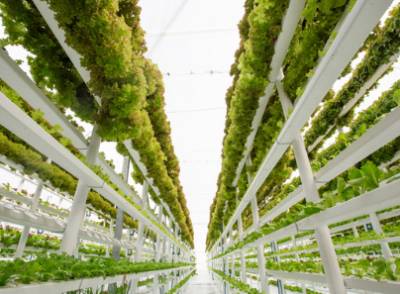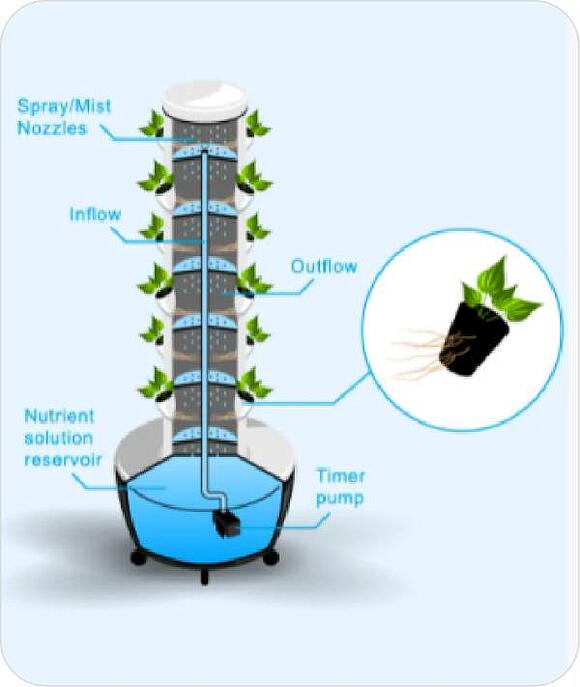Vertical Farming

Vertical Farming- Bridging the gap between the demand and supply of food
A growing population places increasing demand on food availability. As farmers struggle with bridging the gap between demand and supply of crops using traditional farming methods, more innovative and efficient cultivation techniques continue to surface. One of these methods is vertical farming.
Given the recent advancement in technologies, more agri-businesses and cultivators are inclining towards this farming method to enhance productivity and availability of quality food. Read on to know more.
What is Vertical Farming?
Vertical farming refers to the system of cultivating crops in vertically stacked layers, instead of a single surface, like a greenhouse or field. Generally, cultivators incorporate these into vertical structures, such as shipping barrels, skyscrapers, used warehouses, and abandoned mine shafts.
This farming method uses Controlled Environment Agriculture (CEA) technology to monitor required humidity, temperature, gases, and light in indoor conditions. For instance, farmers use artificial lighting and metal reflectors to mimic natural sunlight.
How does it work?
Here are the four primary factors affecting vertical farming:
- Layout: As already mentioned, farmers cultivate crops on tower-like structures to maximize food production while limiting resource usage.
- Light: Cultivators use a combination of artificial and natural light, along with technologies like rotating beds to ensure optimum lighting efficiency.
- Sustainability: Vertical farming intends to minimize the exhaustion of natural resources. As a result, this farming technique recycles irrigation water to minimize usage by up to 95%. At the same time, farming indoors requires negligible agrochemicals, thereby saving more resources.
- Growing medium: Vertical farming uses soilless agriculture, such as aquaponics, aeroponics, and hydroponics. Cultivators also commonly use coconut husks and peat moss as growing mediums.

Learn how digitalizing farm operations can boost productivity and profitability.
Talk to us today!
